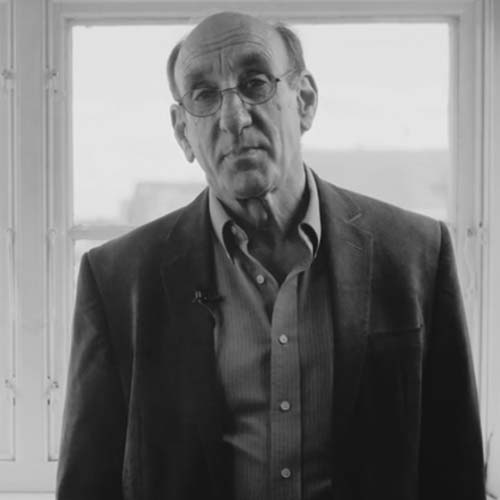Meet the Jury
Our jury represent the highest possible level of expertise in the field of daylight
The jury comprises at least six and no more than nine members. The jury should have members from at least three different countries and should not have more than two members from the same country.
THE DAYLIGHT AWARD 2024
JUHANI
PALLASMAA
Juhani Pallasmaa is a Finnish architect, writer, teacher and practicing architect who has lectured extensively across the world for more than 40 years. The chair of the 2024 jury.
From 2009-2014 he served on the jury for the Pritzker Architecture Prize and he received an honorary doctor of architecture degree in 2013. Pallasmaa is an honorary Fellow of the American Institute of Architects and he is the 2009 recipient of the Arnold W. Brunner Memorial Prize from the American Academy of Arts and Letters. Pallasmaa served as dean and professor of architecture at the School of Architecture, Helsinki University of Technology (HUT), from 1991-98. Previously, he had served as rector of the Helsinki University of Applied Arts, as professor of architecture at Addis Ababa University in Ethiopia, and as director of the Museum of Finnish Architecture in Helsinki. Pallasmaa has held visiting chairs of architecture at the University of Virginia, Catholic University of America and Yale University, among others.
He is the author and/or editor of more than 45 books on topics ranging from architecture and the visual arts to environmental psychology and cultural philosophy. His books have been translated into more than 30 languages. His book The Eyes of the Skin: Architecture and the Senses (1996) has become a classic of contemporary architectural theory and is required reading in architecture schools around the world. As director of the Museum of Finnish Architecture, he was germane in internationalizing its activities and exhibiting over a decade ago the works of such architects as Tadao Ando, Alvaro Siza and Daniel Libeskind, who only later became renowned throughout the world.
In Finland, Juhani Pallasmaa is known as a Constructivist. His work has been inspired by the simplicity of Japanese architecture and the abstraction of modern Deconstructivism. 2003-2006: Kamppi Centre, Helsinki. 2004: Snow Show (with Rachel Whiteread), Lapland. 2002-2003: Bank of Finland Museum, Helsinki. 2002: Pedestrian and cycle bridge, Viikki Eco-village, Helsinki. 1989-91 Major extensions to Itäkeskus Shopping Centre, Helsinki. 1990-91: Outdoor spaces for Ruoholahti Residential Area, Helsinki. 1986-1991: Institut Finlandais (with Roland Schweitzer), Paris. 1987: Phone Booth Design for Helsinki Telephone Association. 1986: Renovation of Helsinki Old Market Hall, Helsinki. 1984-1986: Renovation of the Art Museum in Rovaniemi. 1970: Summer atelier of artist Tor Arne, Vänö Island.
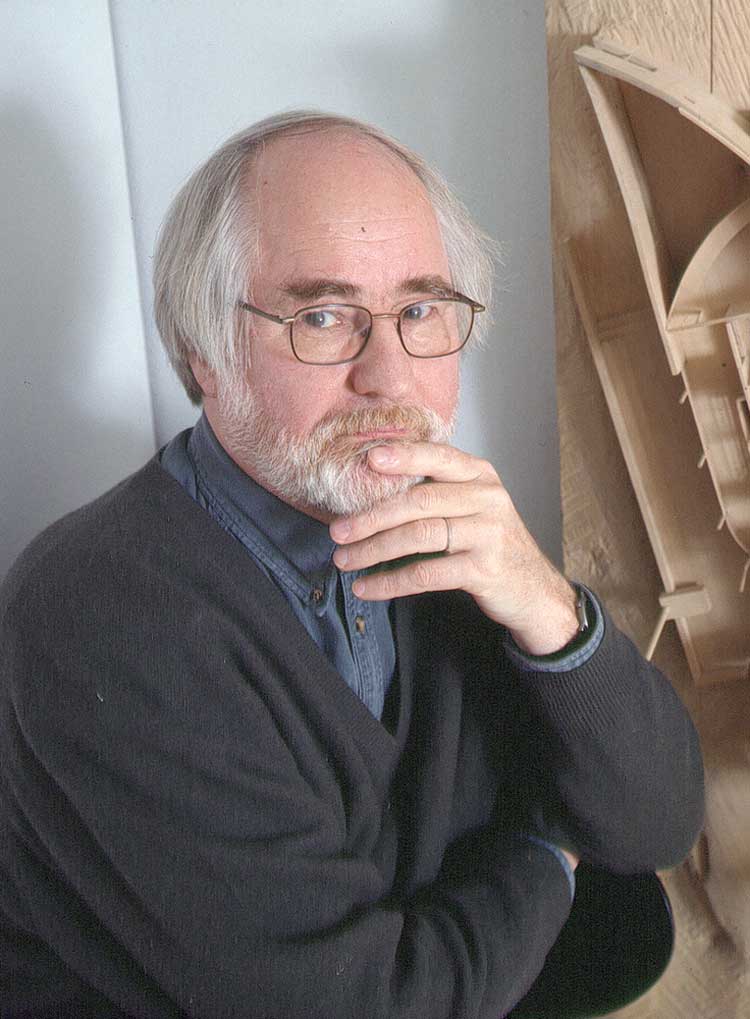
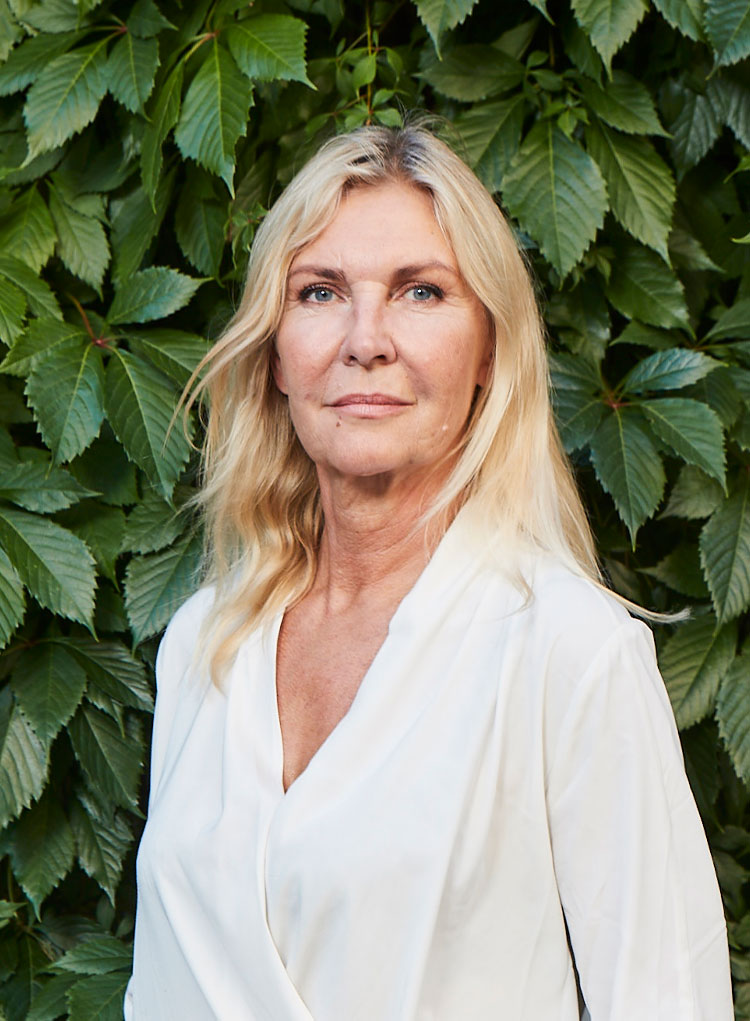
DORTE MANDRUP
Creative Director & Founder of Dorte Mandrup A/S
Dorte Mandrup is an architect and humanist with a distinct nonconformist mindset. Through strong compositional takes, her forte is designing for complex and challenging sites with an insightfulness that addresses environmental and societal contexts. A preoccupation with exploring sculptural and material qualities of architecture leads to artful, intriguing spaces that foreground their environment and the conditions from which they arise.
After graduating, Dorte worked for Henning Larsen for four years, before co-founding Fuglsang & Mandrup-Poulsen Architects in 1996. In 1999 she set up her own studio, where she works “hands on” and in close interaction with all project teams, attaining design responsibility for the layout of every project in the studio.
Dorte Mandrup is a visiting Professor at Mendrisio Accademia di Architettura, Switzerland and Honorary Professor at The Royal Danish Academy of Fine Arts, School of Architecture, Copenhagen, Denmark. In 2019 she chaired The European Union Prize for Contemporary Architecture – Mies van der Rohe Award. She is a vice chair of Louisiana Museum of Modern Art, Denmark (board member since 2006) and a member of Danish Historic Buildings Council, appointed by the Danish Ministry of Culture, Copenhagen, Denmark.
Dorte Mandrup has a Master of Architecture degree from Aarhus School of Architecture (AAA), Denmark. She also attended School of Arts and Crafts, Visual Arts Department, in Kolding, Denmark and G.S.C. Art Department, Sculpture & Ceramics, in US.
RUSSELL
FOSTER
In 2020 Russell Foster has been awarded with The Daylight Award for Research.
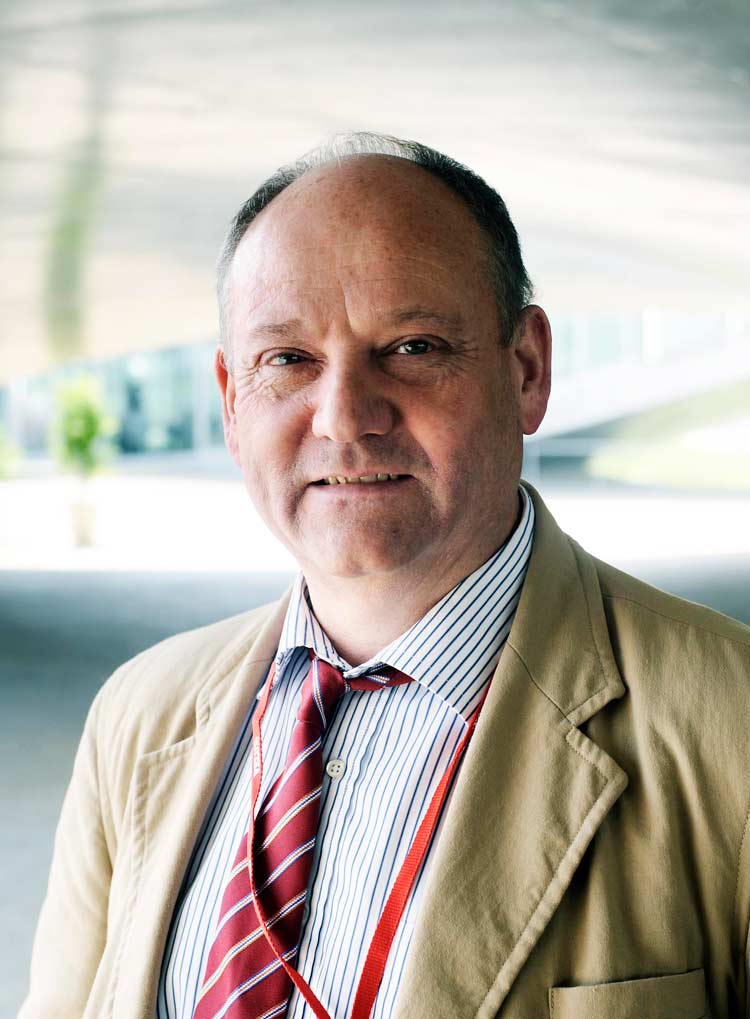
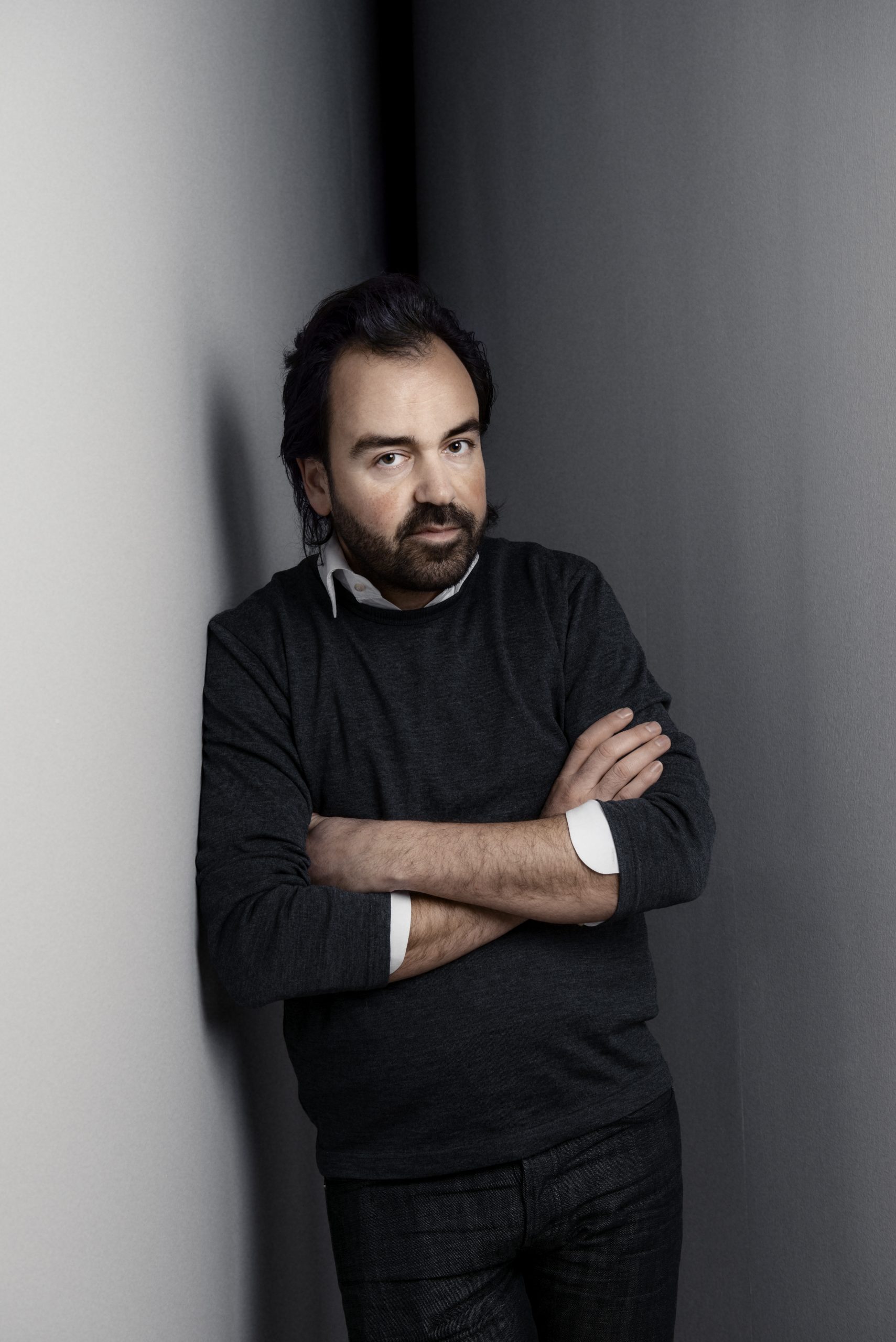
IWAN
BAAN
Dutch photographer studied at the Royal Academy of Art in The Hague and worked in publishing and documentary photography in New York and Europe
Photographer Iwan Baan is known primarily for images that narrate the life and interactions that occur within architecture. Born in 1975, Iwan grew up outside Amsterdam, studied at the Royal Academy of Art in The Hague and worked in publishing and documentary photography in New York and Europe.
Iwan Baan’s love for photography goes back to his twelfth birthday, when his Grandmother gave him his first camera. After his studies in photography at the Royal Academy of Arts in The Hague, Baan followed his interest in documentary photography, before narrowing his focus to record the various ways in which individuals, communities and societies create, and interact within their built environment.
With his combined passion for documentary and space, Baan’s photographs reveal our innate ability to re-appropriate our available objects and materials, in order to find a place we can call our own. Examples of this can be seen in his work on informal communities where vernacular architecture and placemaking serve as examples of human ingenuity, such as his images of the Torre David in Caracas – a series that won Baan the Golden Lion for Best Installation at the 2012 Venice Architecture Biennale.
With no formal training in architecture, his perspective mirrors the questions and perspectives of the everyday individuals who give meaning and context to the architecture and spaces that surround us, and this artistic approach has given matters of architecture an approachable and accessible voice.
Iwan Baan was named one of the 100 most influential people in contemporary architecture world by the magazine Il Magazine dell’Architettura on occasion of their 100th issue.
YVONNE
DE KORT
Professor and Chair of Environmental Psychology of Human-Technology Interaction in the Department of Industrial Engineering and Innovation Sciences at Eindhoven University of Technology (TU/e)
Yvonne de Kort is a Full Professor and Chair of Environmental Psychology of Human-Technology Interaction in the Department of Industrial Engineering and Innovation Sciences at Eindhoven University of Technology (TU/e). With her group, she investigates the effects of lighting conditions on human functioning (e.g., alertness, stress, sleep, and health), specifically targeting light effects for day-active people in real-world conditions. This explicitly includes both visual effects and circadian and acute effects beyond vision, via our biological clock and neural regions related to alertness and mood.
The research brings together insights from psychology, chronobiology, and neuroscience and aims to translate fundamental insights in human responses to light to implications for the design of environments, lighting scenarios, and intelligent lighting solutions. Uniquely, in addition to controlled studies in laboratories, a growing part of the research of her group takes place in living labs and in the field, where the aim is to test the effects of interventions and interactive installations in real-life situations. Additional research topics include the restorative and invigorating effects of light and nature scenes.
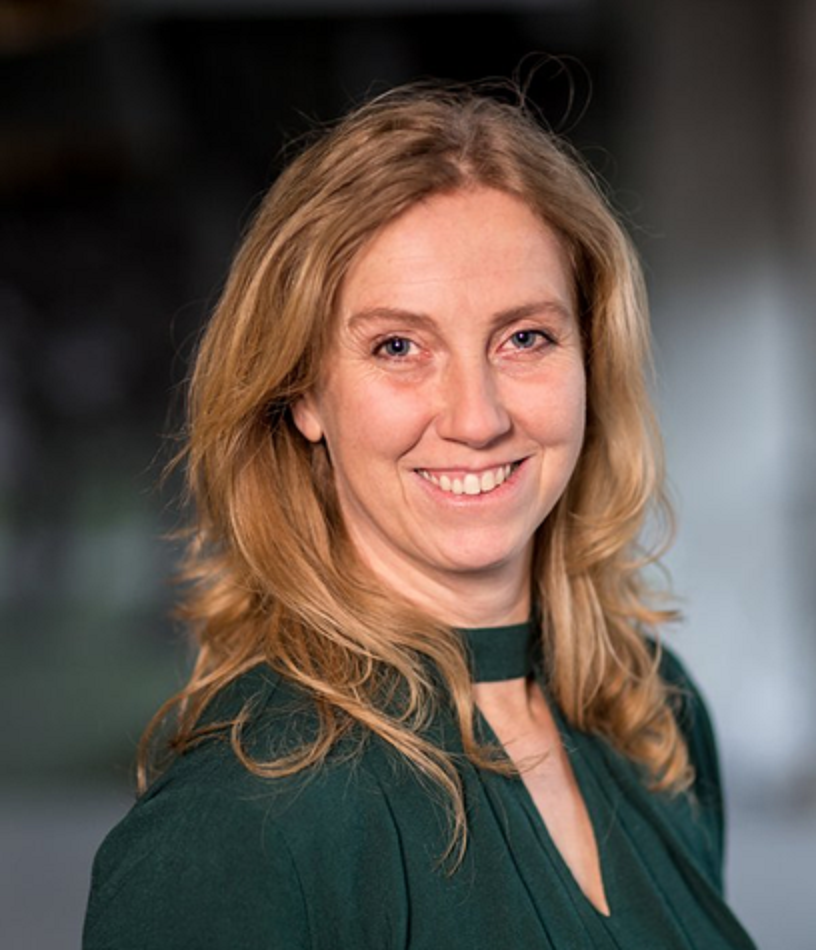

MICHAEL
BALICK
Vice President for Botanical Science and Director of the Institute of Economic Botany, New York Botanical Garden
Dr. Michael J. Balick joined the staff of the New York Botanical Garden in 1980, and is currently Vice President for Botanical Science and Director of the Institute of Economic Botany. He is internationally recognized as a leader in the field of ethnobotany, the study of the relationship between plants, people and culture. Most of his research is in remote regions of the tropics, where he works with Indigenous cultures to document plant diversity, knowledge of its traditional utilization and promotion of sustainable use and conservation.
His research sites have included the Amazon Valley, Central and South America, the Middle East, Southeast Asia and most recently, the tropical Pacific Islands in Micronesia and Melanesia where he and collaborators are documenting the diversity, local use and management of plant resources in this poorly known but biologically important area of the world. One of the multidisciplinary projects that he co-leads in Melanesia considers Indigenous perspectives on daylight, through the lens of botany, ethnobotany and linguistics.
A prolific writer, teacher and public speaker, Dr. Balick has authored over 150 scientific papers in peer-reviewed journals, and authored or edited 30 scientific and general interest books, including Plants, People and Culture: The Science of Ethnobotany (with Paul Alan Cox).
He received his B.Sc. from the University of Delaware and his A.M, and Ph.D. from Harvard University, where he also attended the Harvard Graduate School of Business.
GERD
FOLKERS
Professor for Science Studies at the ETHZ Zurich
Gerd Folkers has been Professor of Pharmaceutical Chemistry at the ETH Zurich since 1991. In 2004 he has taken the chair of Collegium Helveticum, the interdisciplinary institution, ran jointly by the University of Zurich and the ETH Zurich.
He studied pharmacy at the University of Bonn and earned Ph.D there. 1983 he transferred together with his mentor to the University of Tübingen, where he completed habilitation in 1989 in pharmaceutical chemistry. During a stay in Bern, Switzerland, he studied new research methods in computer aided molecular design. He expanded his knowledge during other stays abroad, especially with T. Blundell at the Birkbeck College in London and E. Meyer at Texas A&M University.
The focus of his research work is the molecular interaction between drugs and its binding sites in vivo. He is particularly interested in the strong integration of computer aided modeling and relevant biochemical/biophysical experiments. Besides the research on molecular mechanism of conventional nucleoside therapeutics against virus infection and cancer, his special interest has shifted to immuno therapeutics.
He is editor of the journals QSAR and Pharmaceutica Acta Helvetiae, author and editor of diverse scientific books, president of the Scientific Advisory Board of the Collegium Helveticum, vice president of the Schweizerischen Gesellschaft der Pharmazeutischen Wissenschaften, member of the executive board Schweizerischen Akademie der Technischen Wissenschaften, as well as a member of the board of many international scientific societies.

Previous Jury members
MEMBERS OF THE DAYLIGHT AWARD JURY 2022 — 2016
ANNE LACATON

Member of The Daylight Award Jury in 2020 and in 2022.
KOEN STEEMERS
Professor of Sustainable Design, The Martin Centre for Architectural and Urban Studies, Department of Architecture, University of Cambridge, United Kingdom (Nationality: Netherlands).

Member of The Daylight Award Jury in 2016, 2018 and in 2020. Chair of the jury in 2022.
MARILYNE ANDERSEN
Professor of Sustainable Construction Technologies at EPFL (École Polytechnique Fédérale de Lausanne) and Co-Founder of OCULIGHT dynamics Sàrl.

Chair of The Daylight Award Jury in 2018 and member of the Jury in 2020 and 2022.
JAMES CARPENTER
Founder of the cross-disciplinary design firm James Carpenter Design Associates, US.
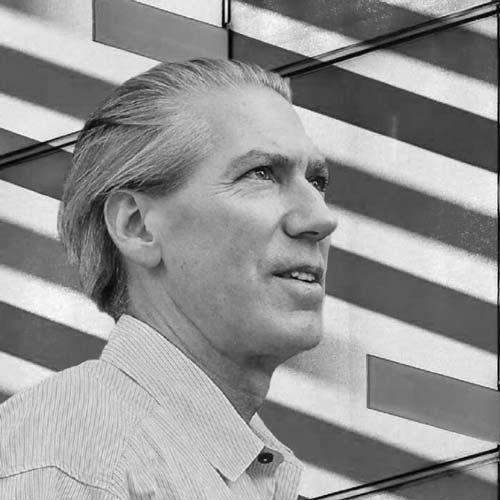
Member of The Daylight Award Jury in 2016 and 2018. Chair of the Jury in 2020.
AKI KAWASAKI
Associate professor of Biology and Medicine , University of Lausanne, Ophthalmic Hospital Jules Gonin, Lausanne, Switzerland.
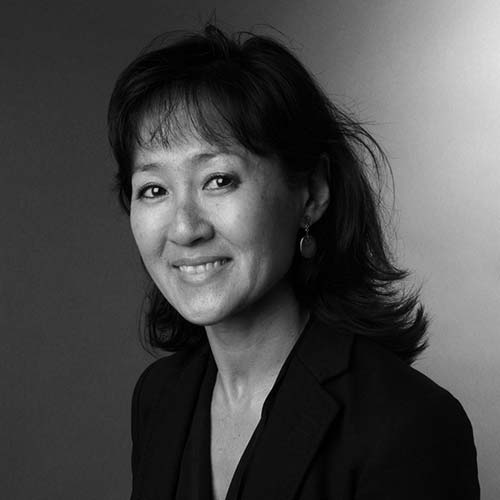
Member of The Daylight Award Jury in 2016, 2018 and in 2020.
FLORENCE LAM
Fellow and Director, Global Light Design Leader, Arup, London, United Kingdom.
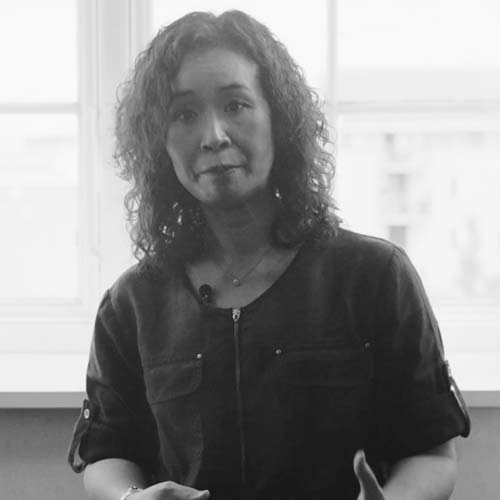
Member of The Daylight Award Jury 2016 and 2018.
HUBERT KLUMPNER
Professor and vice dean at the Department of Architecture, ETH Zürich and founding partner of the interdisciplinary design practice Urban-Think Tank (U-TT), Switzerland, Venezuela.

Member of The Daylight Award Jury 2016 and 2018. Chair of the Jury 2016.
PER OLAF FJELD
Professor and dean emeritus at the Institute of Architecture, studio B3, Oslo, Norway.
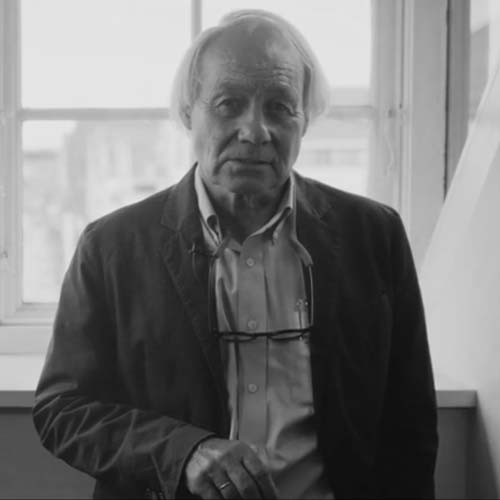
Member of The Daylight Award Jury 2016 and 2018.
STEPHEN SELKOWITZ
Senior Advisor for Building Science at Lawrence Berkeley National Laboratory, California, US.
